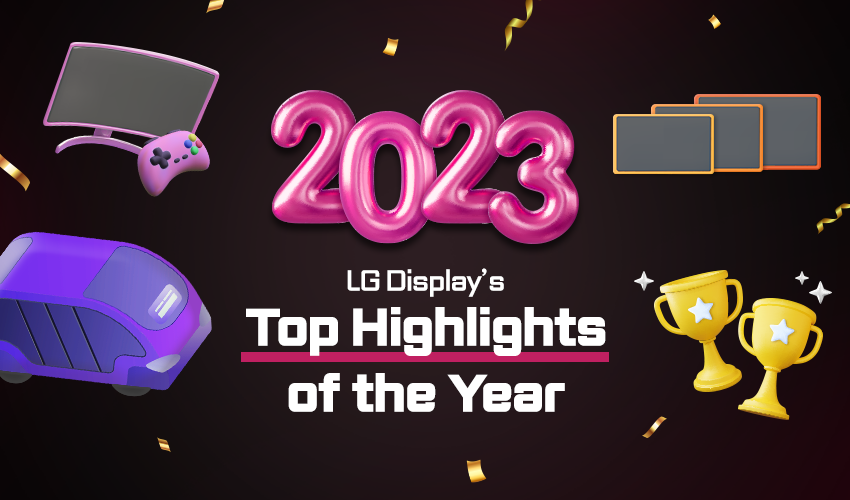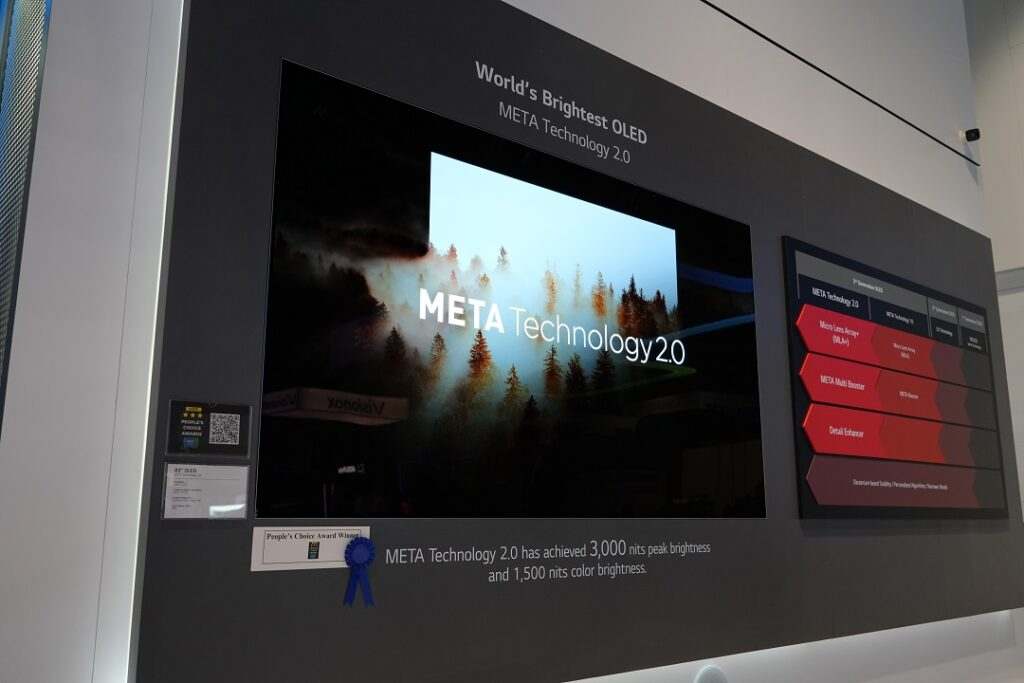Global interest in future mobility technologies continues to soar. You only have to look at the kinds of products and prototypes being demonstrated at tech shows like CES. In fact, take a glance at some of the world’s biggest motor shows this year, including those taking place this April, and you will see how blurred the line between tech and mobility has become. Notice not just how many more electric vehicles there are on show, but also the associated technologies that can make cars feel like a smartphone-on-wheels experience. This is why we can point to the way software-defined vehicles (SDVs) are disrupting the automotive industry. To put a figure on that, the SDV market is expected to grow from USD 213.5 billion in 2024 to USD 1,237.6 billion by 2030 at a CAGR of 34%.
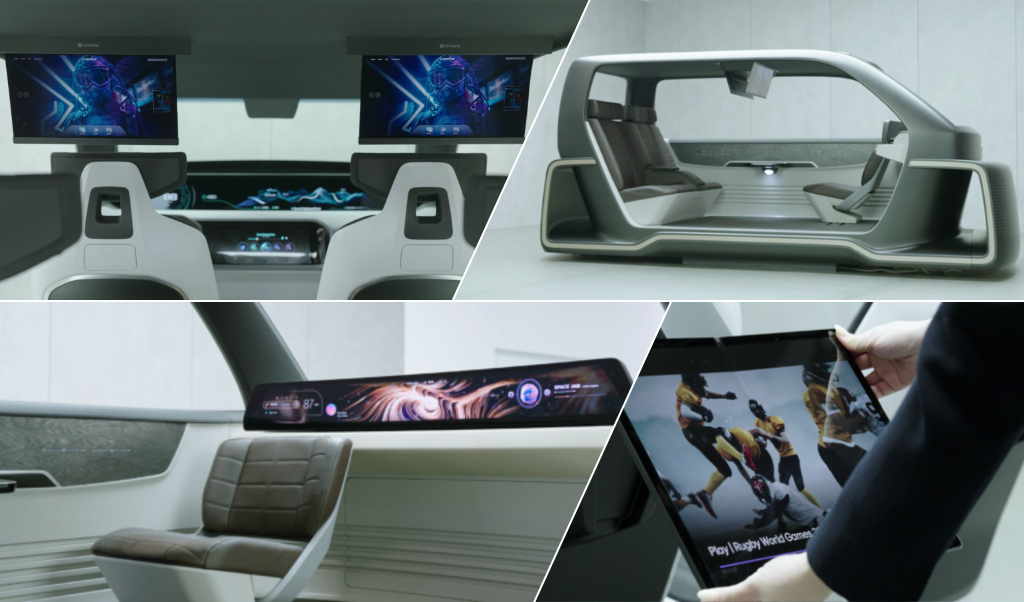
SDVs feature software that controls and manages hardware functions, regulating driving performance along with convenience, safety, and entertainment. An essential component for an SDV is the automotive display. Usually they have multiple displays, connecting people and software in the SDV experience. With LG Display’s automotive display solutions at the forefront of this fast-moving tech space, let’s take a look at the advancement of the SDV era in three stages: transition, evolution, and future.
Stage 1: Transition to Software-Defined Vehicles
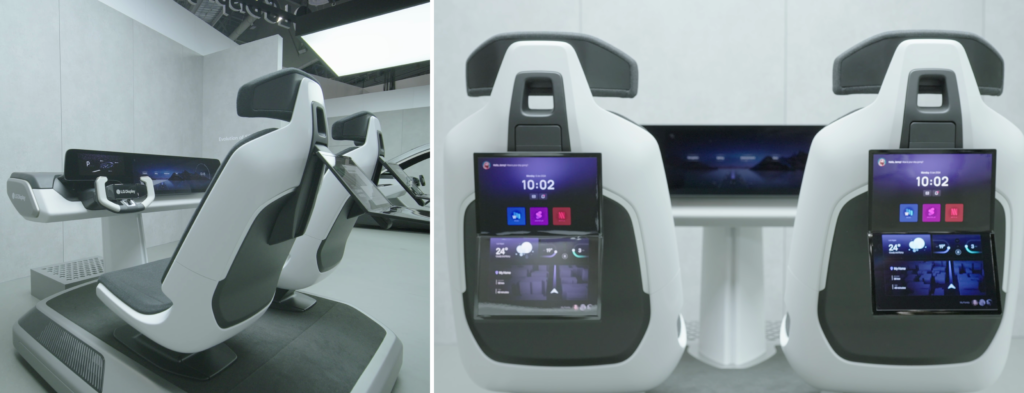

First, the transition stage envisions the full adoption of SDVs. As automotive displays get bigger to meet the needs of enhanced infotainment beyond providing just driving information, the driver and passengers enjoy greater convenience.
LG Display’s Ultra-large P-OLED Pillar-to-Pillar (P2P) is optimized for this stage, combining a 12.3-inch P-OLED display cluster with a 34-inch P- Center Information + Co-Driver Display. P-OLED features Tandem OLED, a key breakthrough technology first developed by LG Display in 2019. It stacks two organic light-emitting layers, delivering excellent brightness along with high durability and a long lifespan. Not only does this display product enable a stable experience while driving, it also offers various uses, including watching content on an ultra-large, high-quality display. Meanwhile, back-seat passengers can enjoy movies on a 17-inch Foldable OLED, or they can fold it into a 12.3-inch tablet as desired. So, the back seats become a mobile office if needed!
Stage 2: Evolution of Software-Defined Vehicles
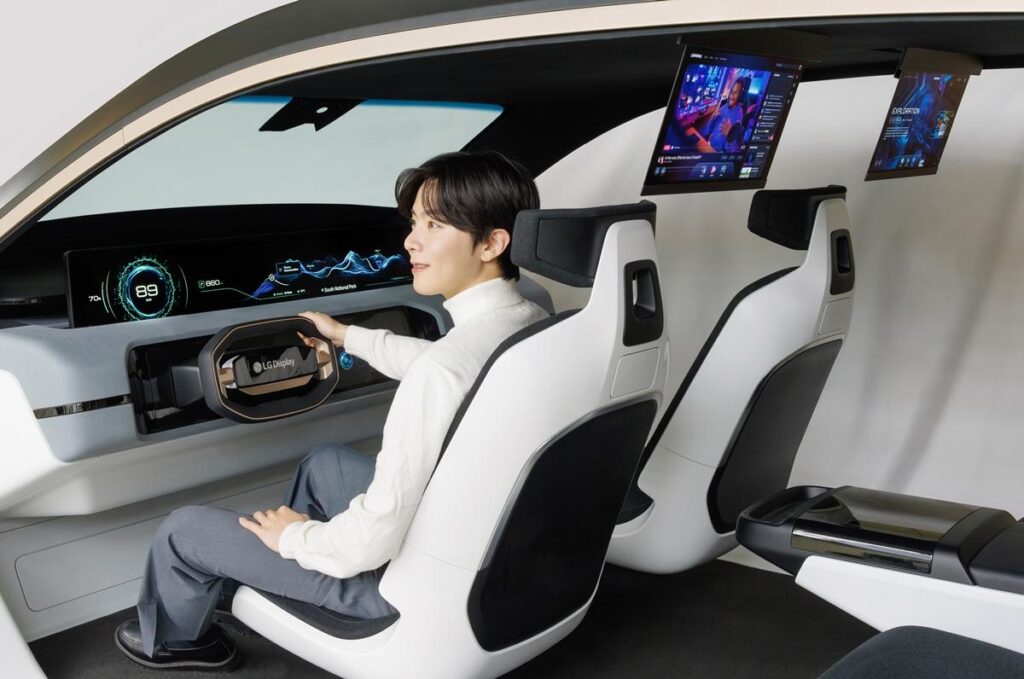
As SDVs advance into the evolution stage, vehicles will become full-fledged places of relaxation in addition to being a means of transportation. This will see the introduction of user-centric automotive displays that allow screen experiences to be customized for driving, working, or relaxing.
For this stage, the Pop-up-type 48-inch LTPS LCD is a display that appears on demand, offering excellent usability by presenting both driving and music information simultaneously on a large display. It also maximizes the space between the windshield and the steering wheel, providing a wide, open view while enabling access to driving information and entertainment whenever desired. In keeping with this subtle design theme, the 18-inch Slidable P-OLED blends seamlessly into the vehicle ceiling’s interior without occupying extra space – when needed, it slides down to deliver outstanding picture quality for a variety of content, offering users a new and immersive experience.
Stage 3: Future of Software-Defined Vehicles
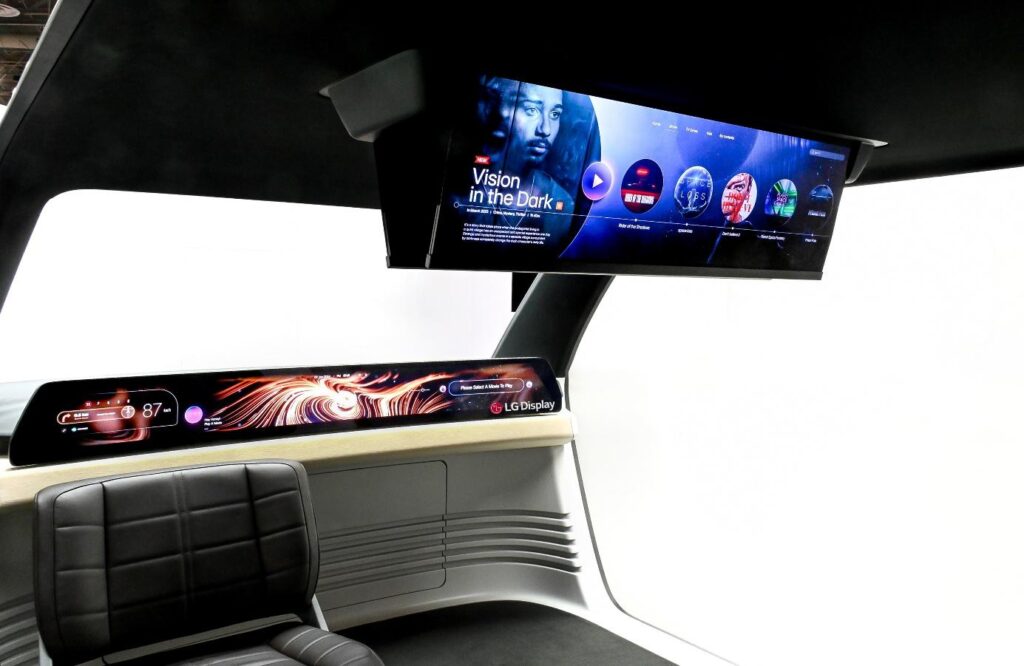
In the final stage, the future of the SDV will unfold in the era of fully autonomous driving. The steering wheel will disappear and the vehicle will be reimagined with displays of varying sizes and capabilities taking over the interior.
In this environment, you can imagine the benefits of LG Display’s 57-inch P2P Oxide LCD, which is the world’s largest Oxide automotive display panel. With a natural curvature of 3,500R, it stretches across the vehicle. Based on today’s concept of vehicles, that means spanning the dashboard from the driver’s seat to the front passenger’s seat. But that curvature allows users to quickly grasp driving information at a glance, as well as watch movies and play games in high definition from any angle. It also provides smooth and precise touch functionality through LG Display’s proprietary In-Cell Touch technology. To add another option for the future SDV, the 32-inch Slidable P-OLED, the largest among existing slidable panels, can fill a vehicle’s interior with its large display that is hidden and rolled up in the ceiling until it is needed. With a resolution of QHD or higher, it opens up even more options for users to enjoy content, indulge in some gaming, or conduct video calls – all via the convenience of a control pad.

But innovation in the future of mobility is not just about the inside of a vehicle, but also the outside. LG Display has proposed a new exterior vehicle display solution that can be used for a variety of purposes, including communication with the outside world and advertising. This is possible through V2X communication, which stands for Vehicle-to-Everything, and refers to technology that allows autonomous vehicles to communicate and share information with various elements on the road.
A Leader in Future Mobility Innovation, LG Display

Vehicle displays are directly linked to driving safety, which is why performance standards for automotive displays – such brightness and touch sensitivity among other safety regulations – are more stringent than those for general products. This makes it a difficult field for newcomers to enter. LG Display, with its differentiated technology and reliable supply capabilities, has established its solid industry position by building strong relationships and trust with customers.
LG Display’s challenge is to lead the automotive display market, constantly striving to create differentiated customer value! Stay tuned for what comes next.



